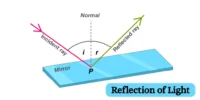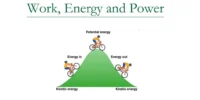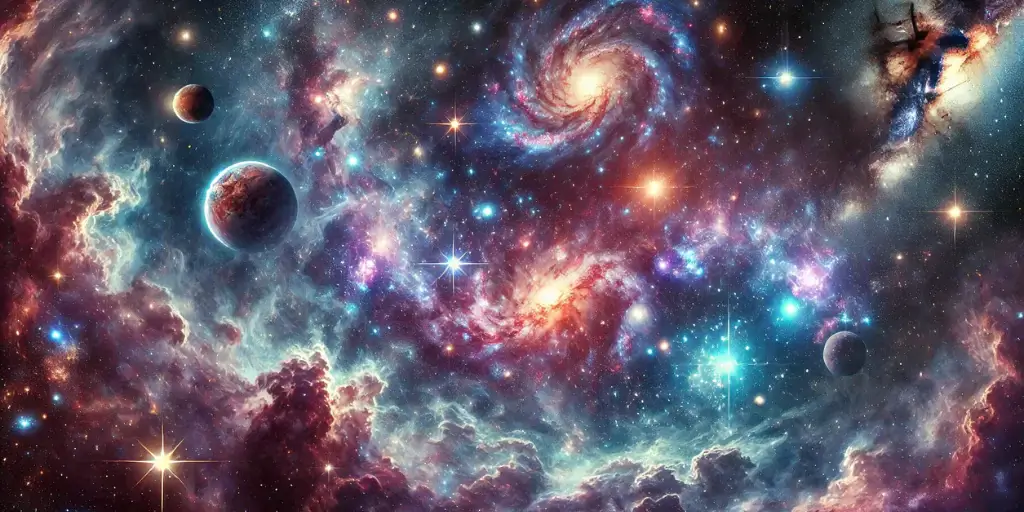Gravitation is one of the most fundamental forces in the universe. It is the unseen pull that keeps us bound to the Earth, controls the motion of planets, and guides the paths of satellites in space. From everyday life to space exploration, gravitation shapes our world in countless ways.
Universal Law of Gravitation
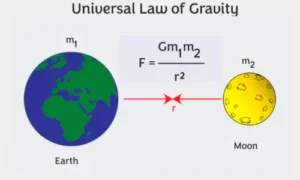
The great scientist Sir Isaac Newton proposed the Universal Law of Gravitation in the 17th century. According to this law:
“Every particle in the universe attracts every other particle with a force that is directly proportional to the product of their masses and inversely proportional to the square of the distance between them.”
Mathematically:
Where:
FF = Gravitational force
GG = Universal gravitational constant (6.67×10−11 Nm2/kg26.67 × 10^{-11} \, Nm^2/kg^2)
m1,m2m_1, m_2 = Masses of objects
rr = Distance between them
This law explains not only why objects fall to the ground but also why planets revolve around the Sun.
Acceleration Due to Gravity (g)
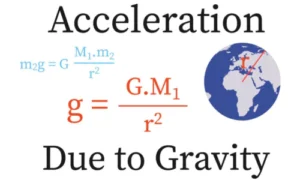
On Earth, gravitation gives rise to a constant acceleration, known as acceleration due to gravity (g).
g=R2GM
Where:
- M = Mass of Earth
- R = Radius of Earth
The average value of g is 9.8 m/s².
This means every second an object falls, its velocity increases by 9.8 m/s.
However, g is not the same everywhere—it decreases with altitude, depth, and varies slightly with latitude.
Satellites and Gravitation
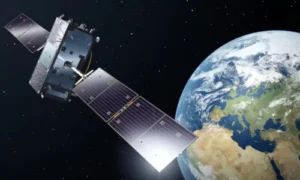
Satellites—whether natural (like the Moon) or artificial (like communication satellites)—stay in orbit because of gravitational force.
- Natural satellites: The Moon orbits Earth due to Earth’s gravity.
- Artificial satellites: Man-made satellites are launched into orbit, where gravitational pull provides the centripetal force needed to keep them moving in circular or elliptical paths.
Importance of Satellites:
- Weather forecasting
- Communication and broadcasting
- Navigation (GPS)
- Scientific research
- Military applications
Satellites maintain a delicate balance between gravitational pull and their forward velocity. This balance prevents them from falling to Earth or escaping into space.
Real-Life Examples of Gravitation
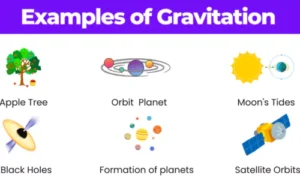
1. Objects falling from a height.
2. Tides are caused by the gravitational pull of the Moon.
3. Planets revolving around the Sun.
4. Satellites orbiting Earth.
Conclusion
Gravitation is the universal force that connects everything in the cosmos—from an apple falling to the ground to satellites orbiting thousands of kilometres above Earth. By understanding Newton’s Universal Law of Gravitation, acceleration due to gravity, and the role of satellites, we can appreciate how this invisible force shapes our daily lives and advances modern science.



